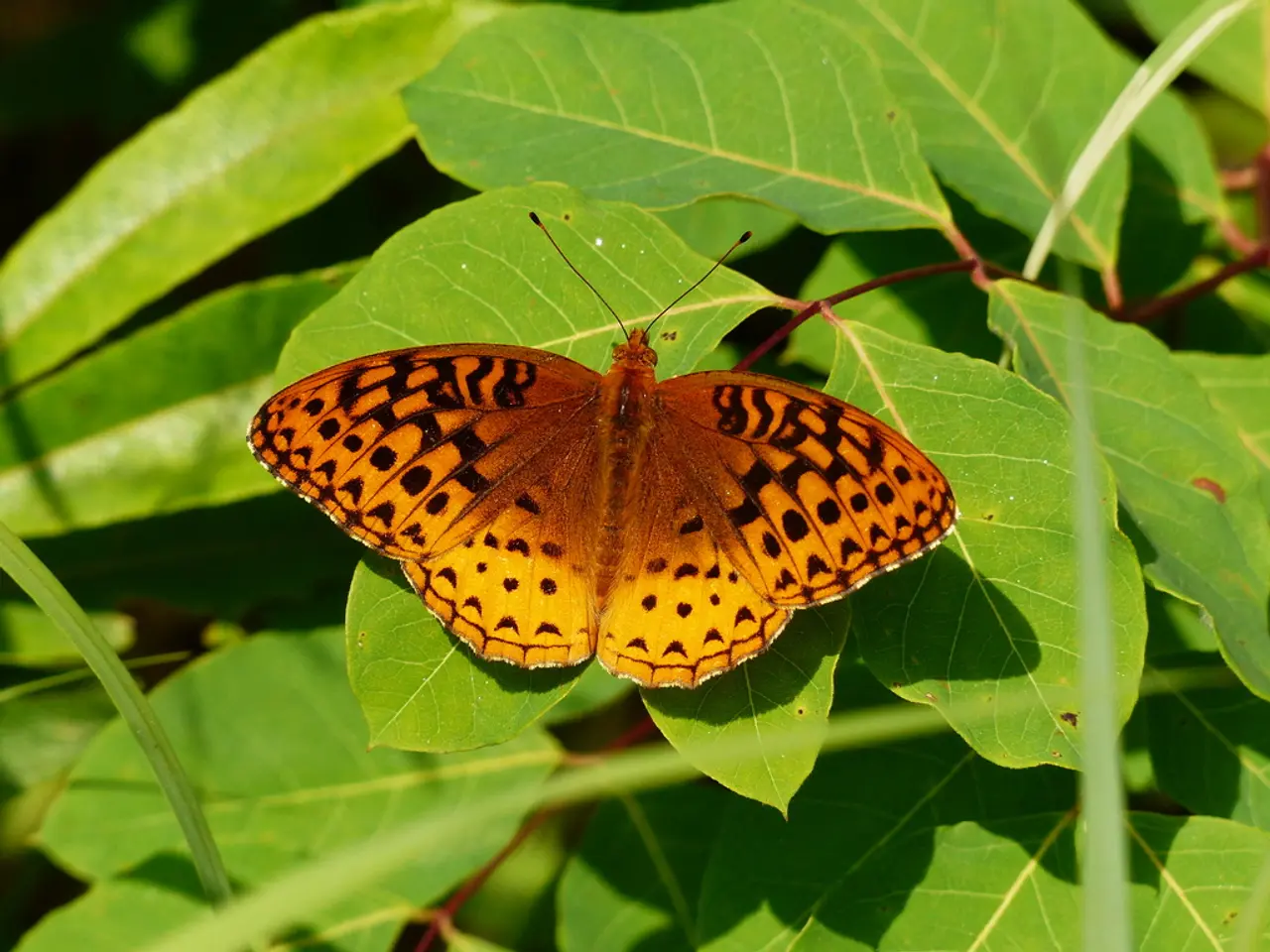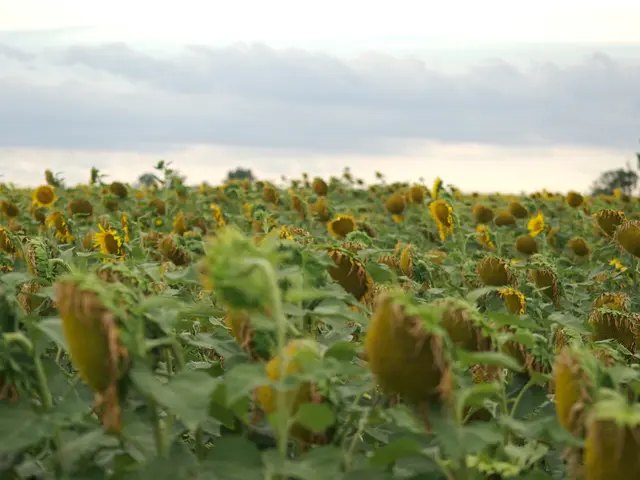Cabbage White Butterfly: A Persistent Pest Threatening Crops Worldwide
The cabbage white butterfly, a common sight in temperate zones each summer, is causing concern among farmers and gardeners alike. Native to Europe but now widespread worldwide, this pest is known for the significant damage its larvae inflict on crops.
The cabbage white butterfly, scientifically known as Pieris rapae, is easily recognised by its off-white wings featuring one or two black spots, depending on the sex of the butterfly. Its underside, a muted greenish or yellowish tone, helps it blend in with leaves, making it harder to spot. This pest is particularly fond of plants in the cabbage family, such as cabbage, cauliflower, bok choy, and kale, where female butterflies lay hundreds of eggs.
The cabbage white butterfly goes through a complete metamorphosis, with four stages: egg, larva, pupa, and adult. The larvae, known as imported cabbageworms, are particularly destructive, chewing holes in leaves and reducing crops to mere skeletons. The contamination of foliage and heads by their droppings further compounds the issue, making this pest a serious concern for farmers and gardeners.
To control cabbage white butterflies, gardeners and farmers can employ various physical methods. These include handpicking caterpillars and eggs, using row covers to protect plants, practicing crop rotation, and introducing natural predators. Despite these efforts, the widespread nature of this pest and its ability to rapidly reproduce make it a persistent challenge in temperate zones.







